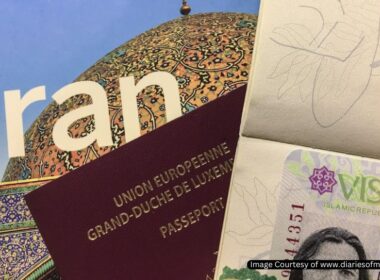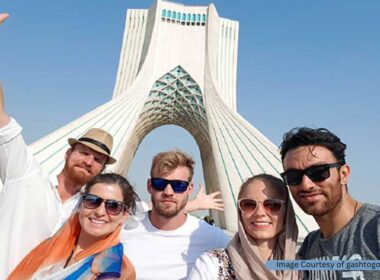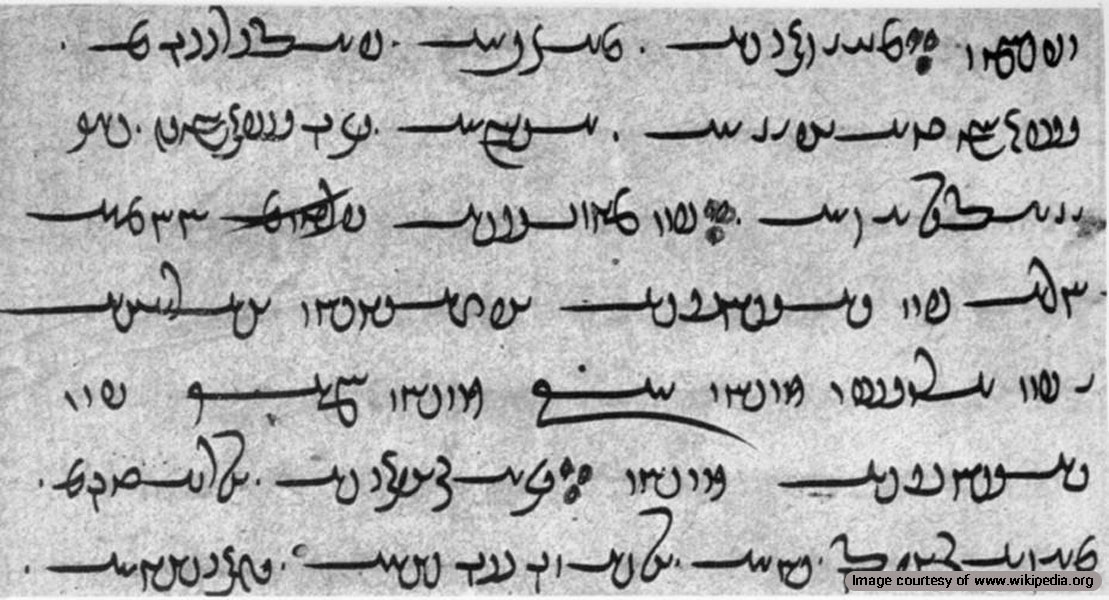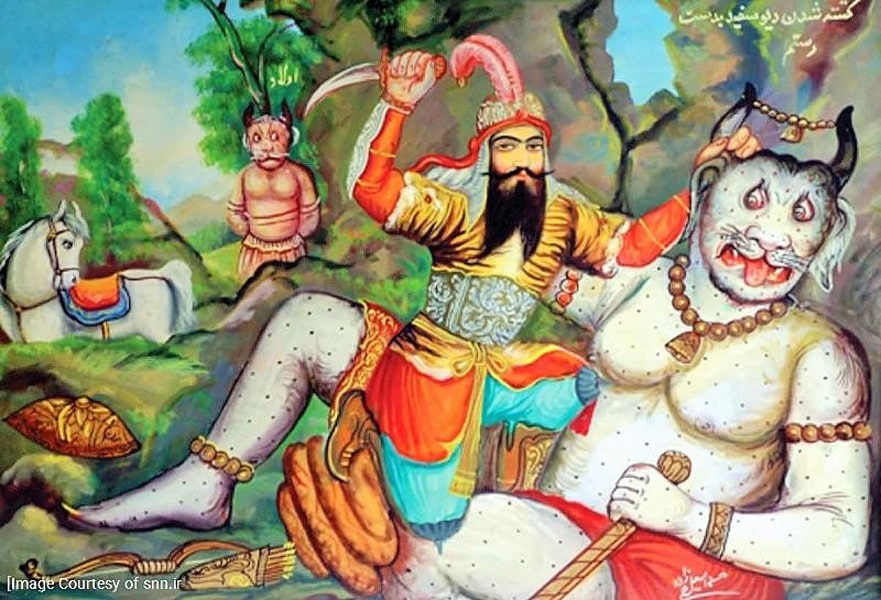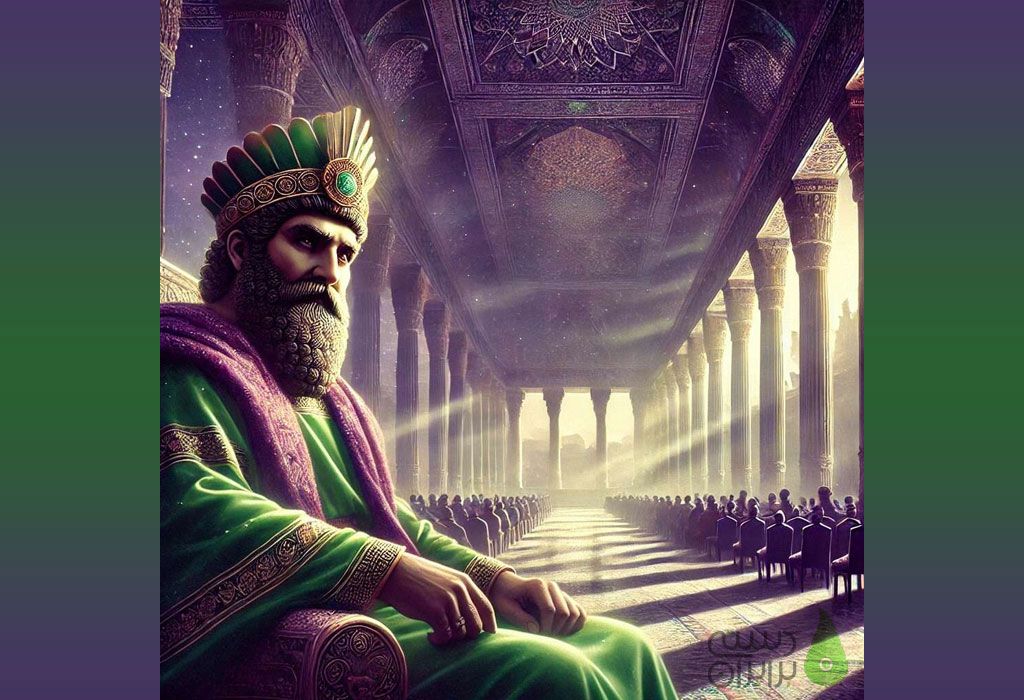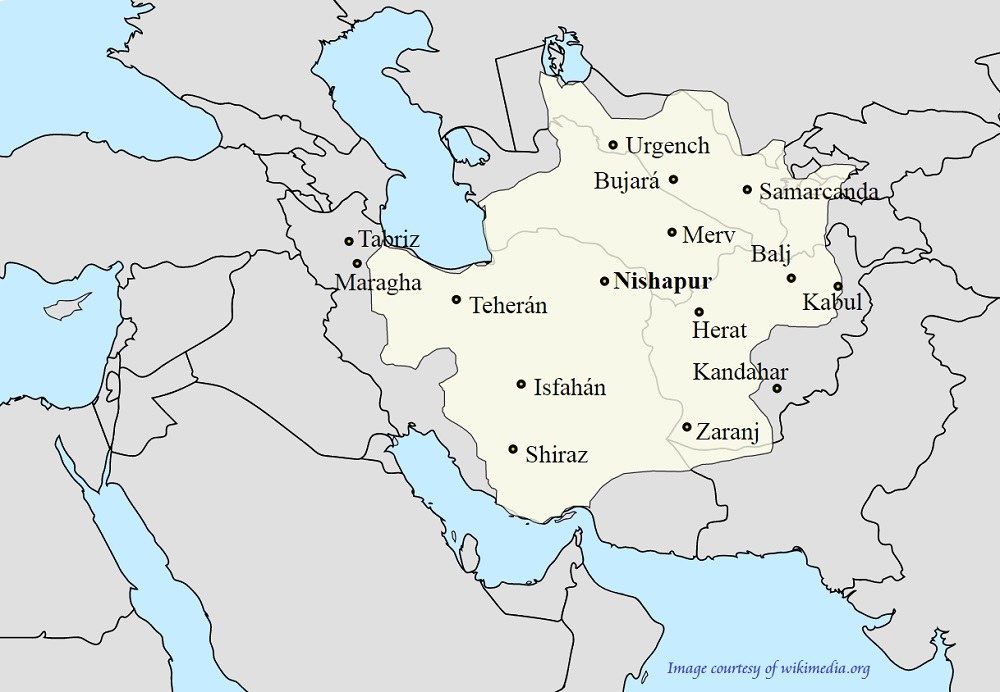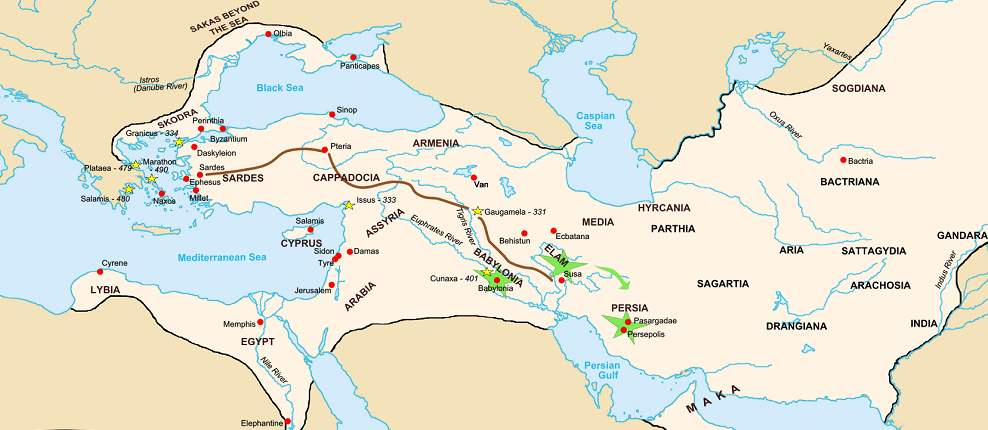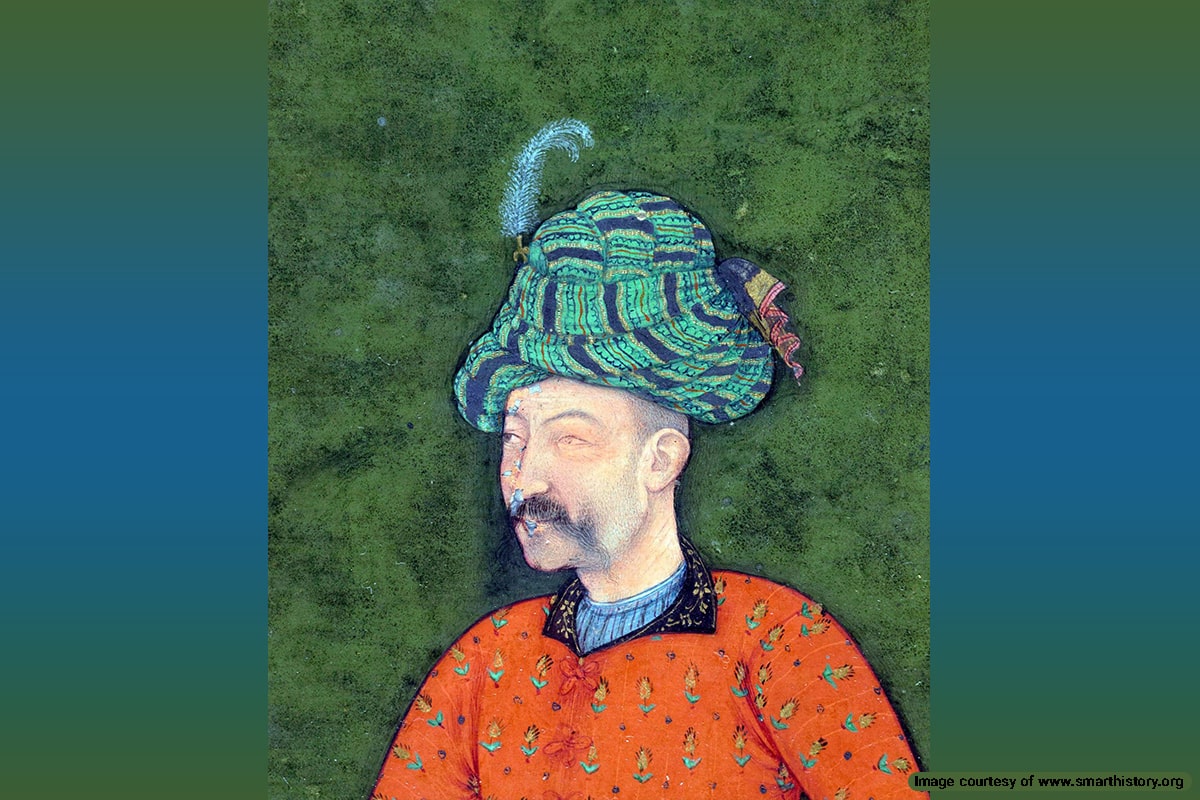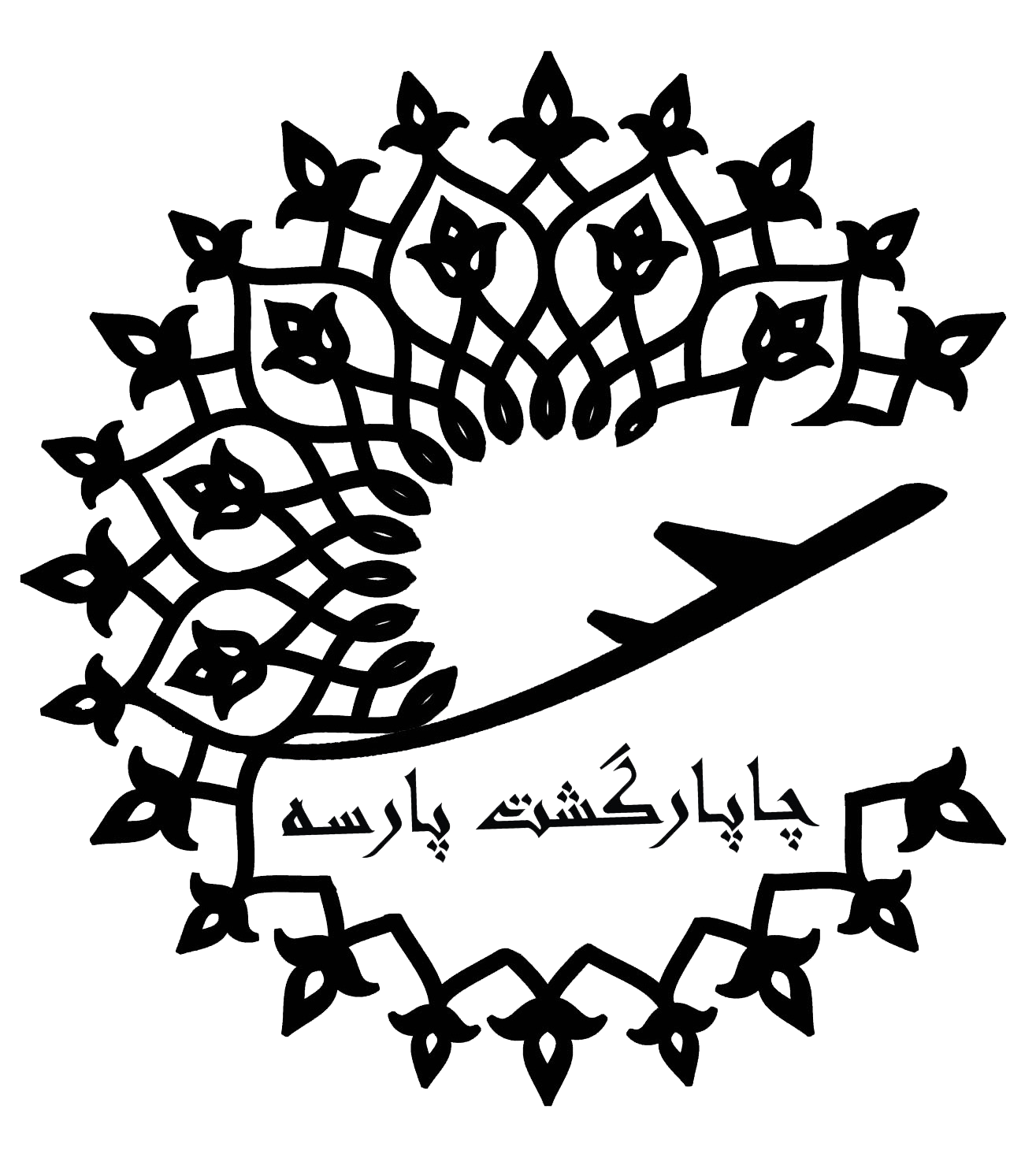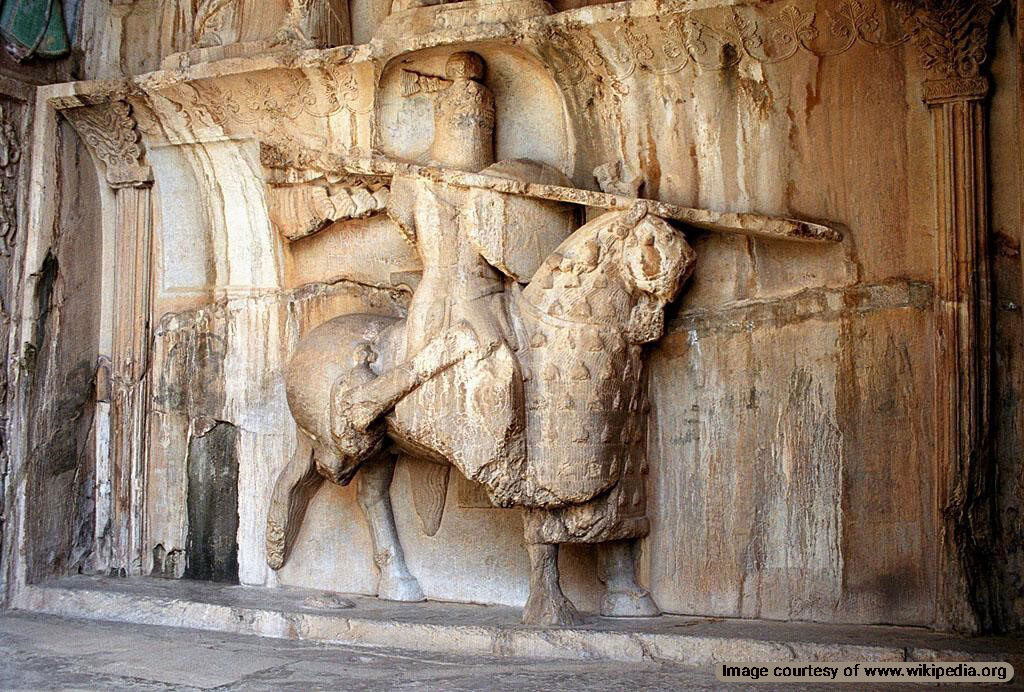
The Sasanian Empire, which lasted from 224 to 651 CE, boasted one of the most formidable military forces of the ancient world. The Sasanian military was highly organized and meticulously structured, reflecting the empire’s emphasis on discipline and strategy. Central to this military might was the elite cavalry corps known as the Aswaran, renowned for their prowess and effectiveness on the battlefield.
The Sassanid army was crucial in defending the empire’s extensive borders against formidable adversaries, including the Roman and Byzantine Empires, the Huns, and various nomadic tribes. The history of Sassanians, particularly its advanced tactics and heavily armored cavalry, has left an indelible mark on the history of warfare in the ancient world.
The Structure and Hierarchy of the Sasanian Army
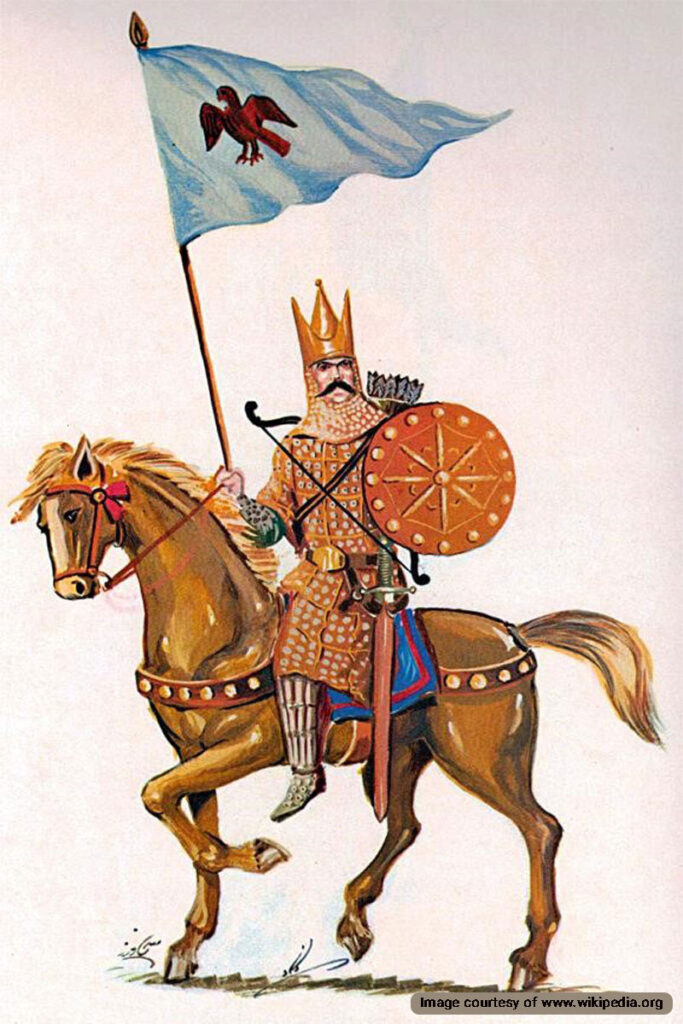
The Sasanian Army was a highly organized and hierarchical force, designed to maximize efficiency and command control across its vast empire. The Sasanian military’s structure allowed for clear lines of communication and efficient mobilization of forces, which was essential for maintaining control over their extensive and often contested borders. This sophisticated hierarchy contributed significantly to the Sasanian Empire’s longevity and its ability to fend off numerous formidable adversaries over the centuries.
Shahanshah (King of Kings)
The supreme commander of the entire military.
Spahbed (Regional Commanders)
Each Spahbed was responsible for military operations in their respective region.
- Northwestern Spahbed
- Northeastern Spahbed
- Southwestern Spahbed
- Southeastern Spahbed
Paygan-Salar (Infantry Officers)
- Commanders of the infantry units.
Aswaran-Salar (Cavalry Commanders)
- Leaders of the elite Aswaran cavalry units.
Aswaran (Elite Cavalry)
- Noble or high-ranking individuals were known for their heavy armor and combat skills.
Specialized Units
- Archers
- Engineers
- Siege Operators
Role and Significance of the Aswaran Cavalry
The Aswaran Cavalry was the elite military unit of the Sasanian Empire, renowned for its pivotal role in the empire’s military successes. Aswaran, meaning “horsemen” or “knights” were heavily armored cavalrymen, often drawn from the noble classes, reflecting their esteemed status in Sasanian society.
Elite Combatants: The Aswaran were the spearheads of the Sasanian military, known for their exceptional training, discipline, and martial prowess. They were heavily involved in frontal assaults and decisive battles, often turning the tide of conflicts with their superior fighting skills.
Heavily Armored Cavalry: The Aswarans were equipped with the best armor and weaponry of the time, including chainmail, helmets, long lances, swords, and shields. This heavy armor made them formidable opponents on the battlefield.
Strategic Maneuverability: Their mobility and speed allowed them to execute complex maneuvers, including flanking attacks and rapid charges, which were essential in both offensive and defensive operations.
Social and Military Elite: As members of the nobility, the Aswaran held significant social and political power. Their role extended beyond the battlefield, as they often served as local leaders and administrators, maintaining order and stability within the empire.
Cultural Influence: The Aswaran cavalry set a standard for chivalry and martial valor, influencing later Persian and even European knightly traditions. Their legacy of bravery and honor became embedded in the cultural ethos of the region.
Training and Recruitment of Sasanian Soldiers
The Sasanian military’s strength was deeply rooted in its rigorous training and selective recruitment process. Recruitment focused on both voluntary enlistment and conscription from various social strata, with a significant emphasis on the nobility and warrior classes, particularly for the elite Aswaran cavalry.
Recruitment
Noble Recruitment: Primarily drawn from noble families, these recruits underwent extensive training from a young age, ensuring they were well-versed in martial skills and battlefield tactics.
Inherited Roles: Military roles are often passed down through generations, keeping the knowledge and skills within families.
Military Training
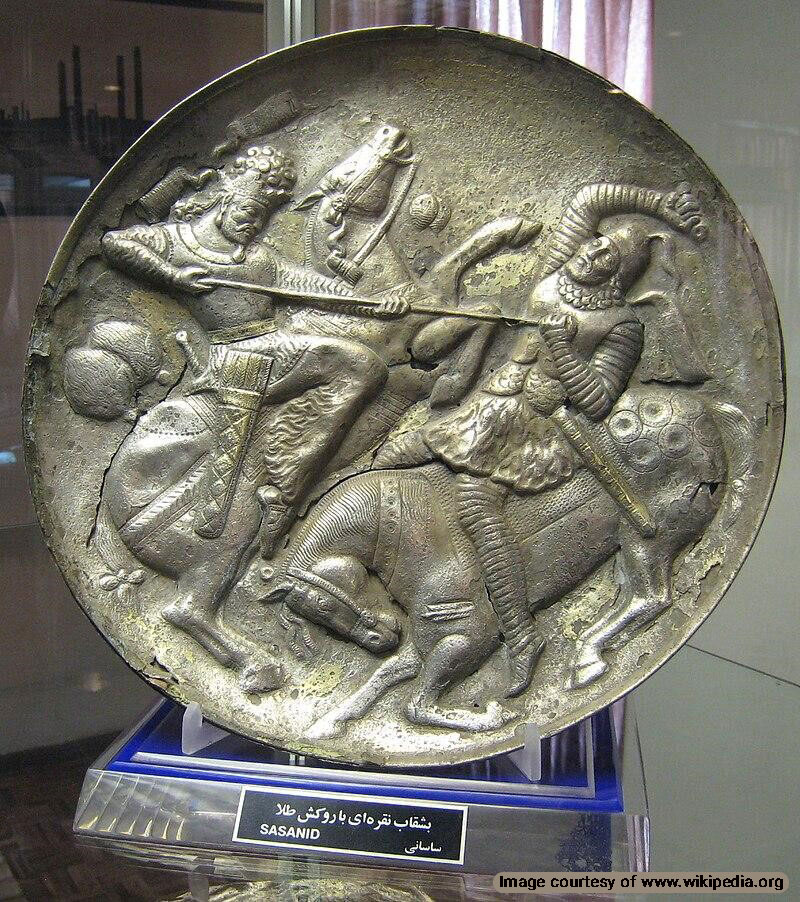
Physical Conditioning: Intense physical training to build strength, endurance, and agility, essential for both infantry and cavalry soldiers.
Combat Skills: Instruction in various weapons, including swords, lances, bows, and shields. Aswaran cavalry received specialized training in mounted combat.
Tactics and Strategies: Training included the study of battlefield strategies, siege warfare, and defensive maneuvers to prepare soldiers for diverse combat scenarios.
Weaponry and Armor of the Sasanian Military
The Sasanian military was renowned for its advanced weaponry and armor, which played a crucial role in its battlefield successes. They were equipped with various weapons and protective gear, tailored to their specific roles within the army.
| Armor Piece | Description |
| Helmet | Made of iron or steel, protecting the head. |
| Hauberk (Griwban) | A long coat of mail or scale armor covering the torso. |
| Breastplate | Additional protection for the chest, often made of metal. |
| Gauntlets (Abdast) | Armored gloves to protect the hands. |
| Thigh-guards (Ran-ban) | Armor for the legs, ensuring full-body protection. |
| Horse Armor (Zen-Abzar) | Armored protection for warhorses, was crucial for cavalry units. |
| Weapon | Description |
| Lance | A long spear used by cavalry for charging and thrusting. |
| Sword | Shorter weapon for close combat, often paired with a shield. |
| Battle-axe | Used for both offensive and defensive maneuvers. |
| Mace | A heavy, blunt weapon is effective against armored opponents. |
| Bow and Arrows | Essential for ranged attacks, with soldiers carrying multiple bows and quivers. |
| Sling and Slingstones | Used for long-range attacks, particularly by infantry. |
Military Strategies and Tactics of the Sasanian Empire
The Sasanian Empire was renowned for its sophisticated military strategies and tactics, which played a crucial role in its ability to defend its vast territories and engage in successful campaigns against formidable adversaries. Here are some key aspects of their military approach:
Grand Strategy: The Sasanian military strategy involved a combination of long-term and short-term plans aimed at maintaining and expanding the empire’s power. This included forming alliances with neighboring tribes and states, as well as engaging in strategic marriages to secure loyalty and support.
Cavalry Dominance: The Sasanian army placed a strong emphasis on its cavalry, particularly the elite Aswaran cavalry. These heavily armored horsemen were the primary offensive force, capable of executing rapid and decisive charges that often turned the tide of battle.
Infantry Support: While the cavalry was the main striking force, the Sasanian infantry played a crucial supporting role. Infantry units, including archers and spearmen, were used to wear down enemy forces before the cavalry’s decisive attacks.
Siege Warfare: The Sasanians were adept at siege warfare, employing a variety of siege engines and tactics to capture fortified cities. This included the use of battering rams, siege towers, and mining operations to breach enemy defenses.
Defensive Lines: The Sasanian Empire constructed extensive defensive lines, including walls, fortifications, and ditches, to protect its borders from invasions. These defenses were strategically placed to deter enemy advances and provide a strong defensive position.
Adaptability: The Sasanian military was known for its ability to adapt to different combat situations and enemy tactics. This flexibility allowed them to respond effectively to various threats and maintain their military superiority over time.
Psychological Warfare: The Sasanians also employed psychological tactics to demoralize their enemies, including the use of propaganda, displays of military might, and strategic retreats to lure opponents into traps.
Famous Battles and Campaigns
The Sasanian Empire was involved in numerous significant battles and campaigns that shaped its history and legacy. Here are some of the most notable ones:
- Battle of Hormozdgan (224 CE): This decisive battle marked the rise of the Sasanian Empire as Ardashir I defeated the Parthian ruler Artabanus IV, establishing the Sasanian dynasty.
- Battle of Carrhae (53 BCE): Although this battle occurred before the Sasanian Empire’s official founding, it was a significant conflict between the Parthians (predecessors to the Sasanians) and the Roman Empire.
- Battle of Edessa (260 CE): Emperor Shapur I captured the Roman Emperor Valerian, a major victory that showcased the Sasanian military’s strength.
- Battle of Avarayr (484 CE): This battle was fought between the Sasanian Empire and Armenian rebels, resulting in a Sasanian victory but leading to the Treaty of Nvarsak, which granted Armenia greater autonomy.
- Battle of al-Qadisiyyah (636 CE): A pivotal battle in the Muslim conquest of Persia, where the Sasanian forces were defeated by the Rashidun Caliphate, leading to the eventual fall of the Sasanian Empire.
- Siege of Ctesiphon (637 CE): The Sasanian capital was besieged and eventually captured by the Muslim forces, marking a significant turning point in the decline of the Sasanian Empire.
- Battle of Nahavand (642 CE): Often referred to as the “Victory of Victories,” this battle was a decisive defeat for the Sasanians and further solidified the Muslim conquest of Persia.
Legacy and Historical Significance of the Sasanian Army
The Sasanian Army left an indelible mark on the history of warfare and the cultural heritage of Iran. As one of the most powerful military forces of the ancient world, the Sasanian military played a crucial role in shaping the political and social landscape of the region. Their innovative tactics, advanced weaponry, and disciplined structure set a precedent for future military organizations.



